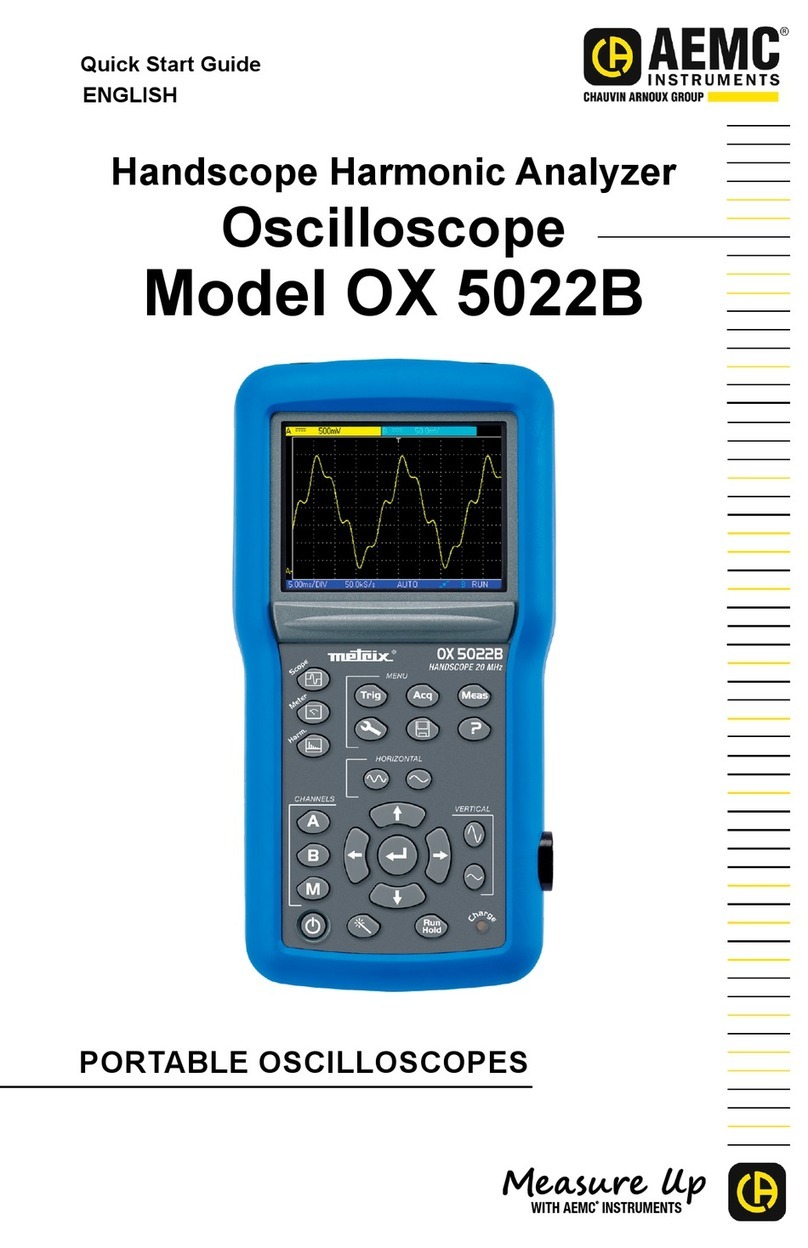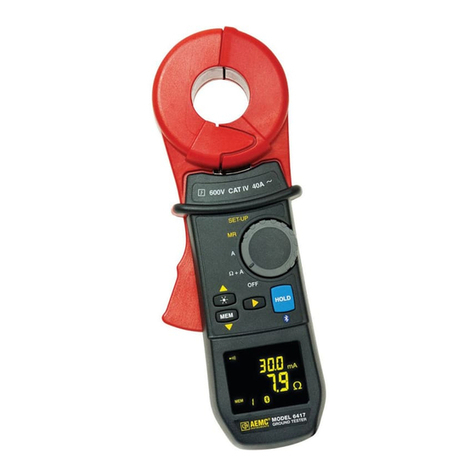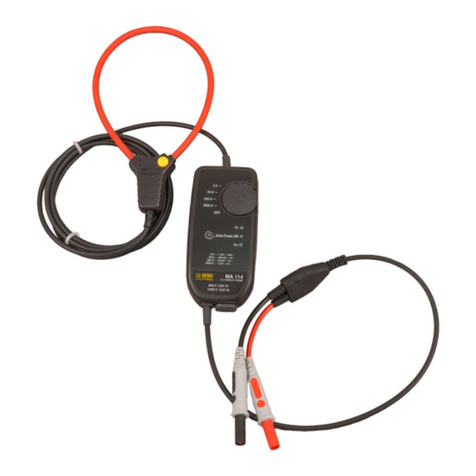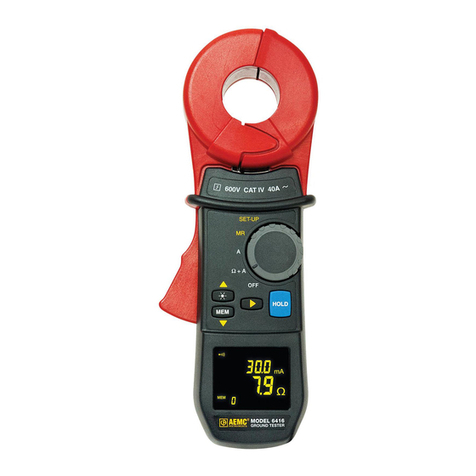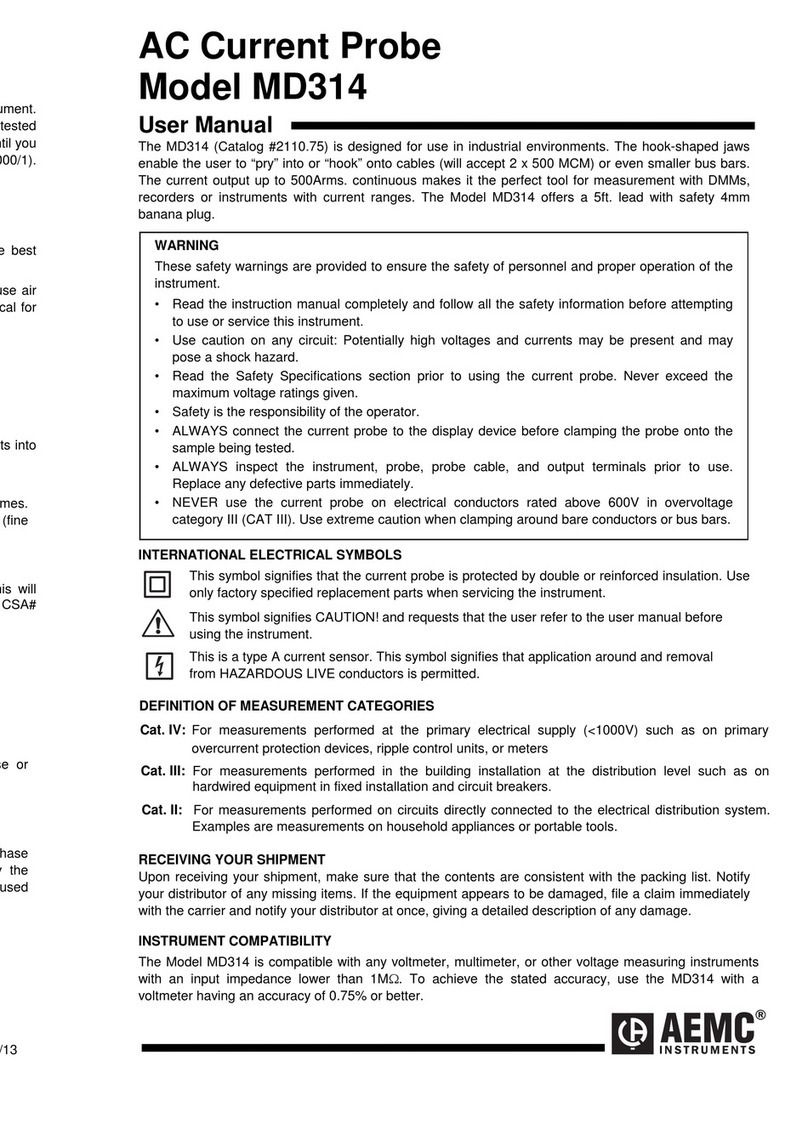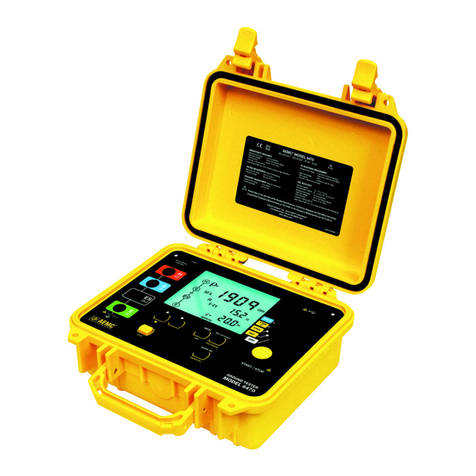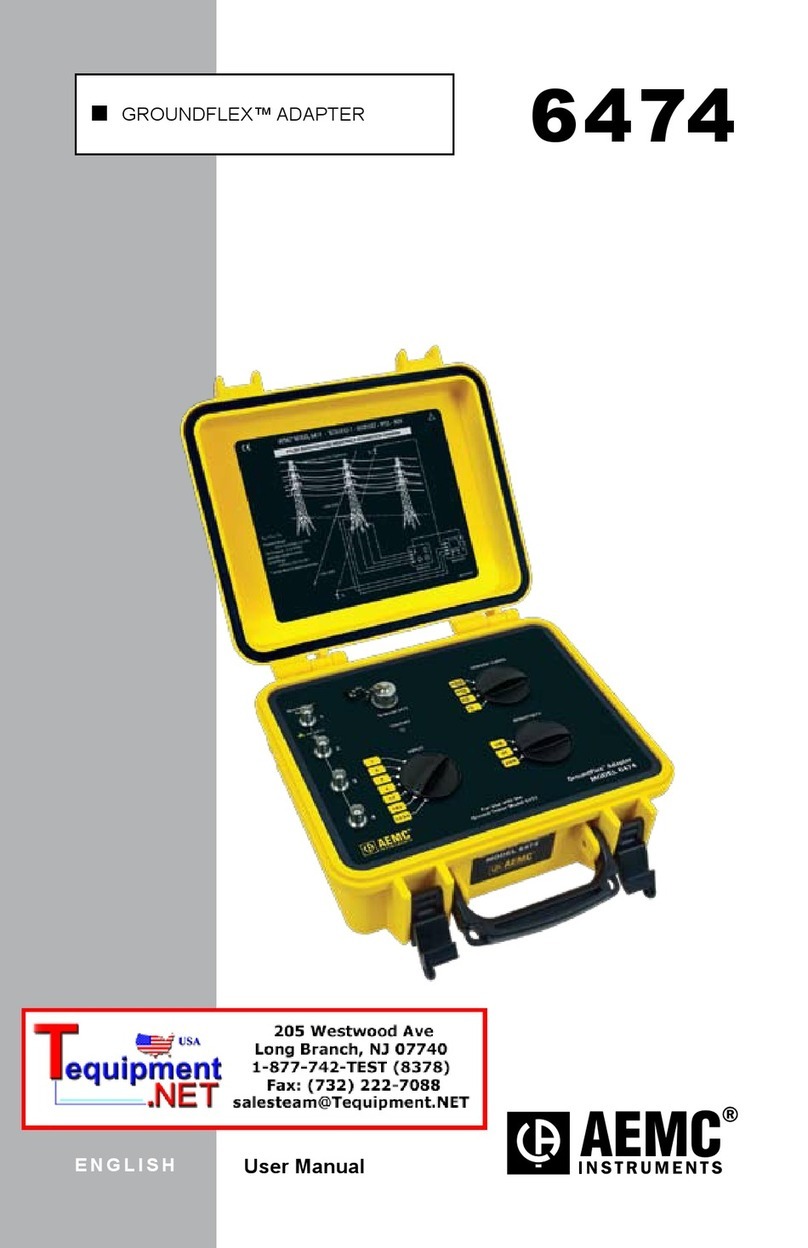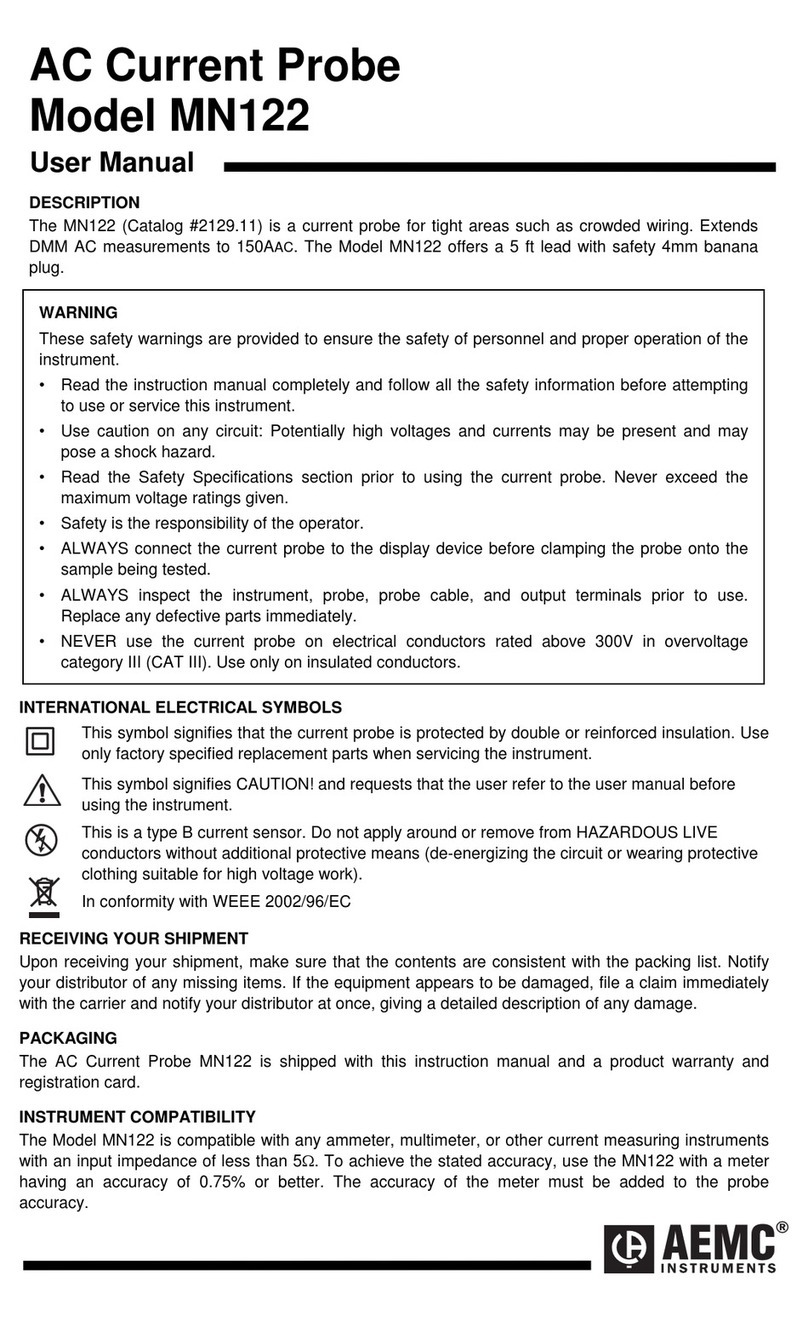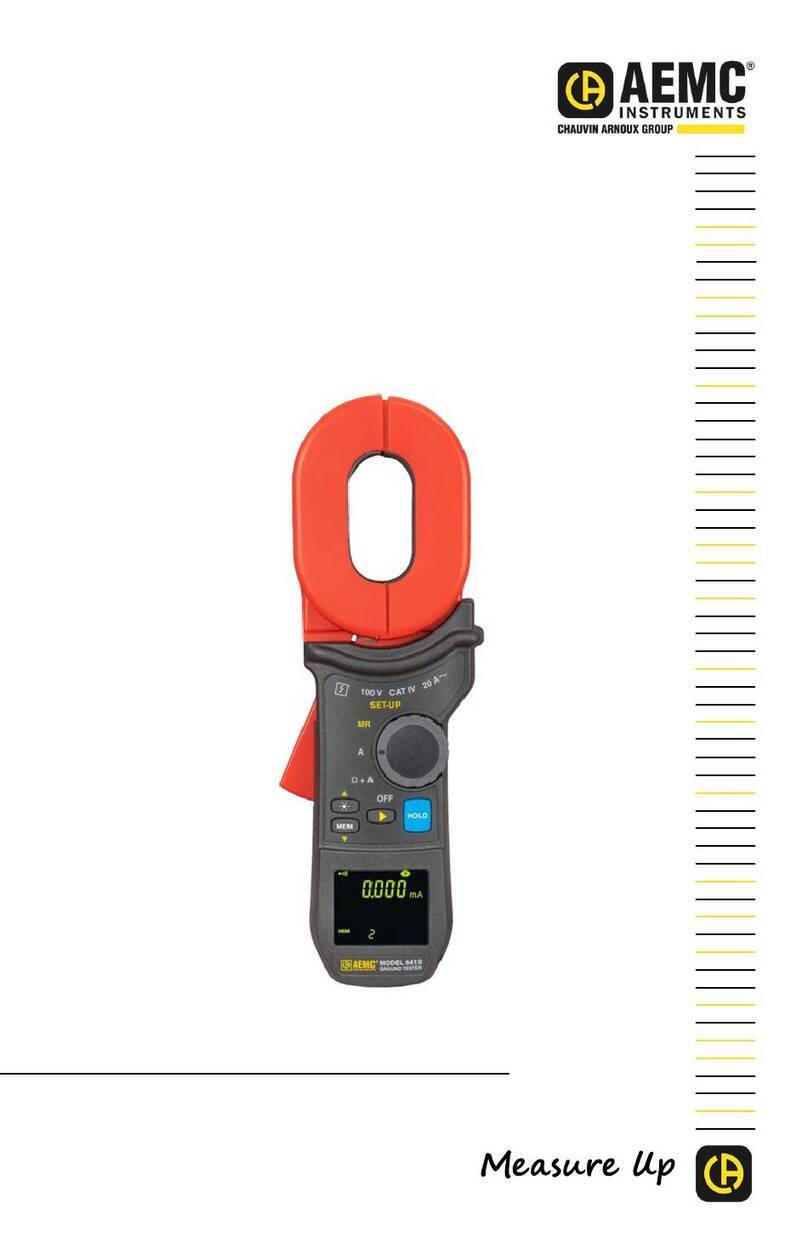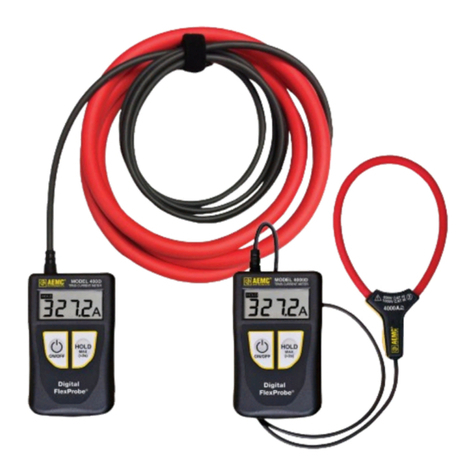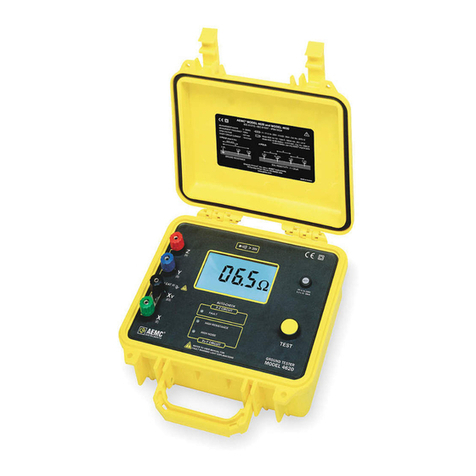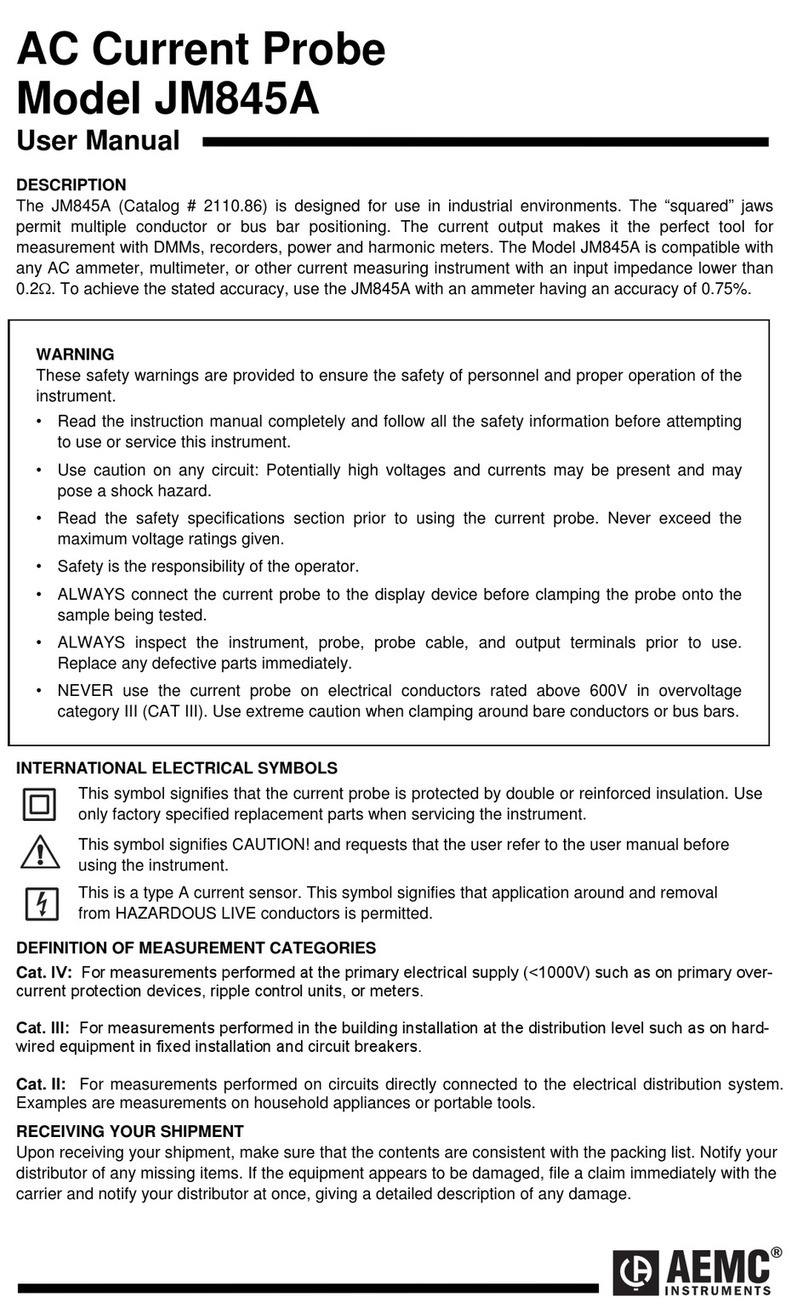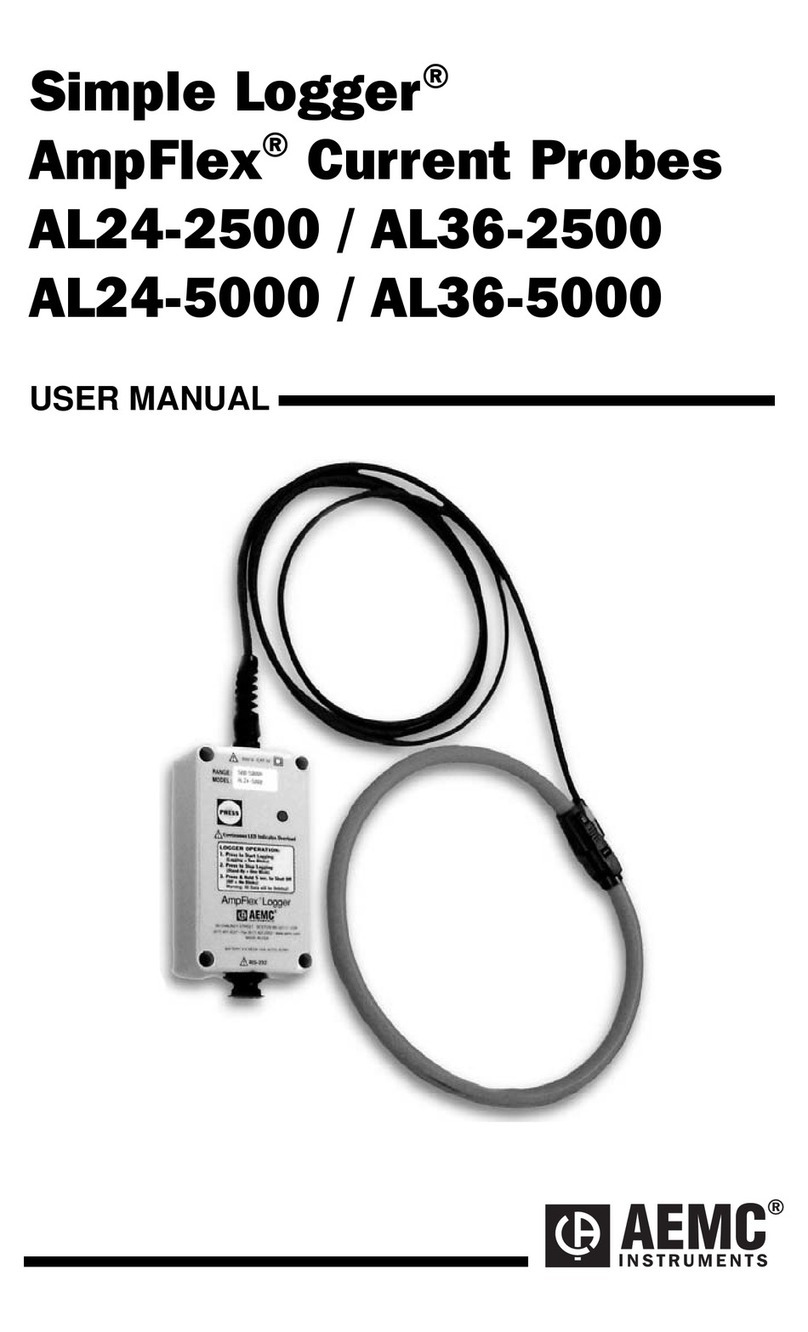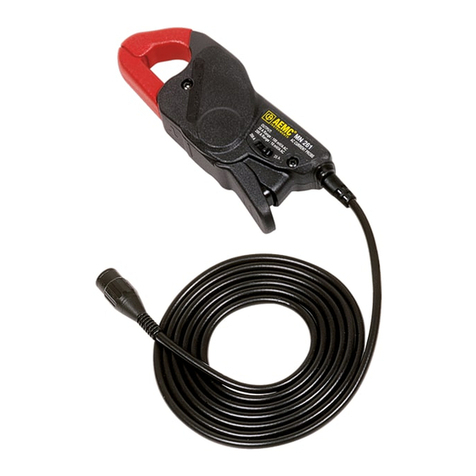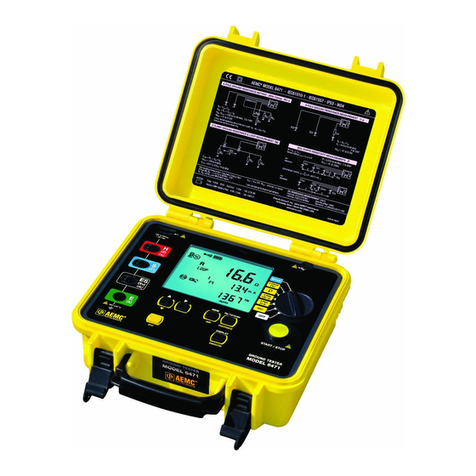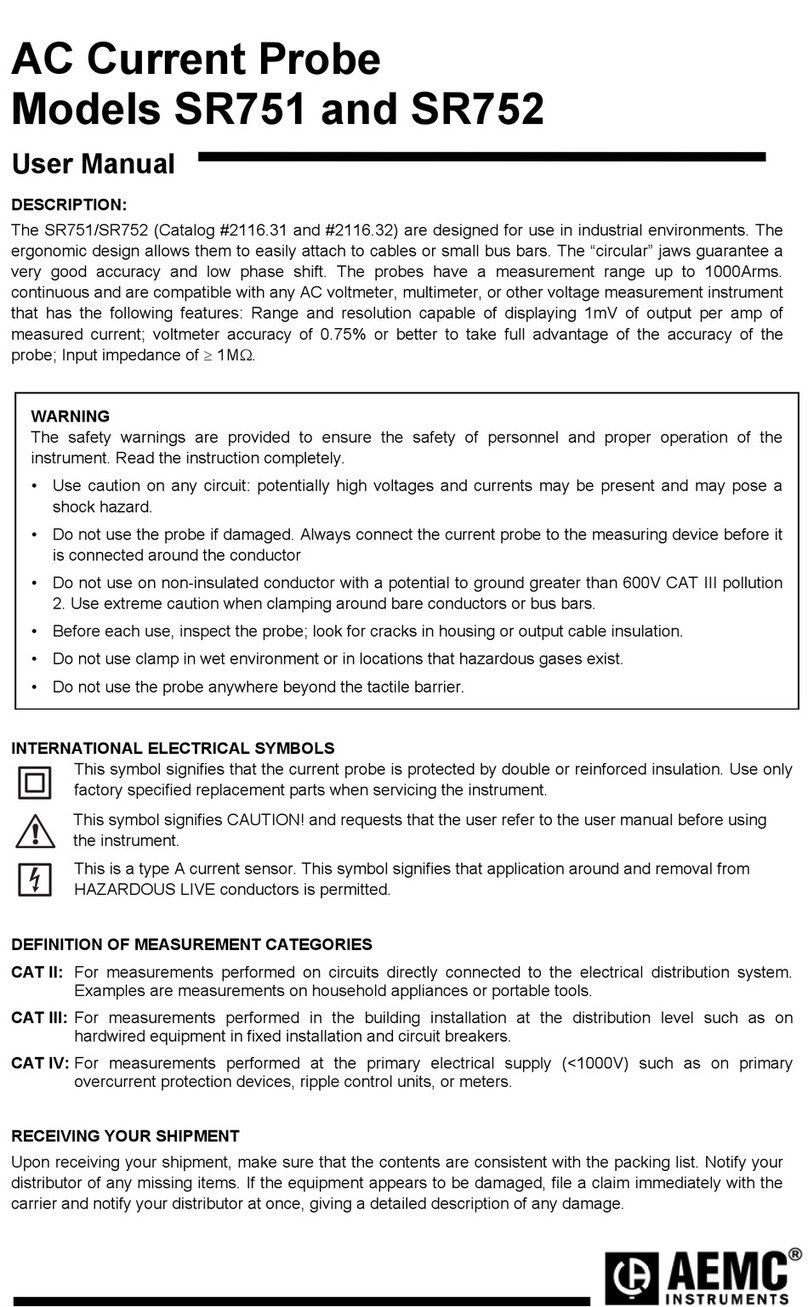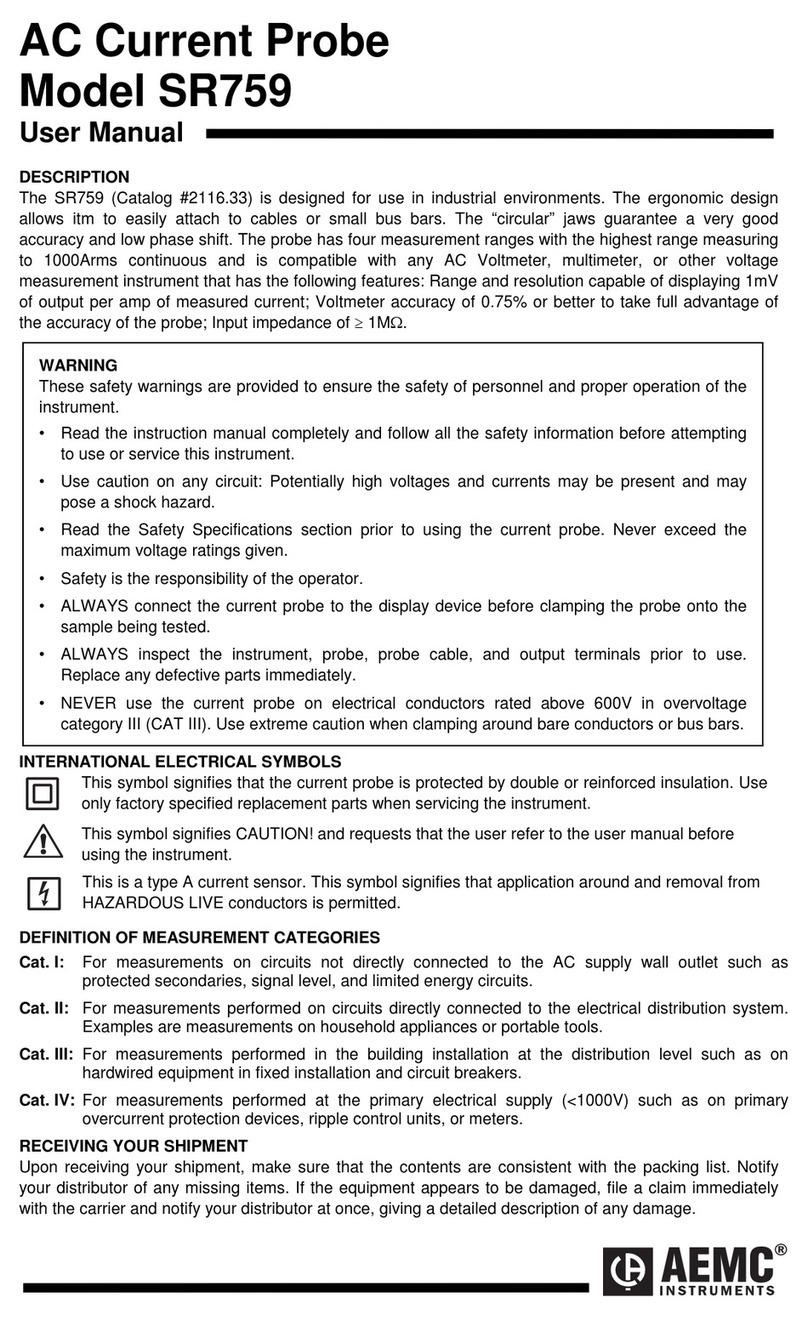
General Instructions
SCOPIX I - 3
Harmonic Analysis Mode Chapter VI
Display ............................................................................................... 118
Menus
"Vertical" menu ...............................122
"Horizontal" menu ...............................124
"Display" menu ...............................125
"Measure" menu ...............................125
"Memory" menu ...............................126
"Utilities" menu ...............................126
"Help" menu ...............................126
Recorder Mode Chapter VII
Keys.................................................................................................... 128
Display ............................................................................................... 131
Menus
"Vertical" menu ...............................139
"Trigger" menu ...............................140
"Horizontal" menu ...............................145
"Display" menu ...............................146
"Measurement" menu ...............................147
"Memory" menu ...............................149
" Utilities" menu ...............................152
"Help" menu ...............................154
HTTP and FTP Server Chapitre VIII
General............................................................................................... 156
ScopeNet............................................................................................ 157
ScopeAdmin...................................................................................... 167
PolicyTool.......................................................................................... 169
FTP Server ......................................................................................... 170
Applications Chapter IX
Display of the calibration signal .......................................................... 171
Automatic measurements ................................................................... 173
Cursor measurements ........................................................................ 174
Phase offset measurement with cursor .............................................. 174
Automatic phase measurement .......................................................... 174
Manual phase measurement .............................................................. 175
Videosignal display ............................................................................. 175
Examination of a specific TV line ........................................................ 177
Automatic measurement in “Harmonic Analysis” Mode...................... 178
“ROLL” Mode display of slow phenomena.......................................... 180
Min/Max Acquisition ............................................................................ 181
Measurement in “Multimeter” Mode.................................................... 183
Measurement in “Recorder” Mode...................................................... 184
ETHERNET network application examples ........................................ 188
File transfer ......................................................................................... 188
Hard copy on network printer ............................................................. 189
Installation of a FTP server................................................................. 190
”Virtual Printers”.................................................................................. 194
Technical Characteristics Chapter X
Specifications......................................................................... 200 to 217
General & Mechanical Specifications Chapter XI
Specifications ................................................................................... 218
Supply Chapter XII
Supply ............................................................................................... 219
Index
www.ShopAEMC.com
Shop for AEMC products online at: 1.877.766.5412












